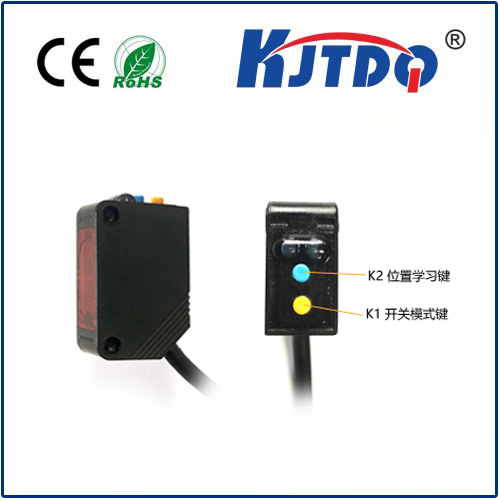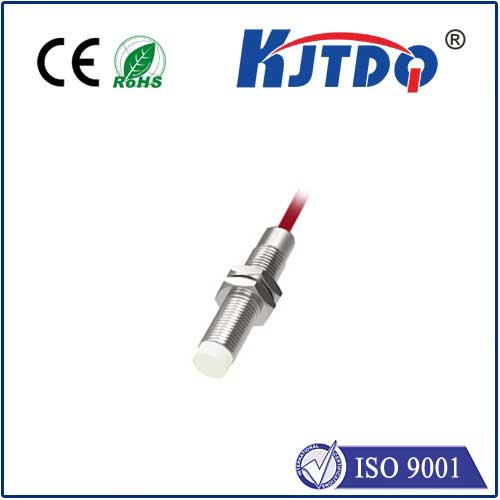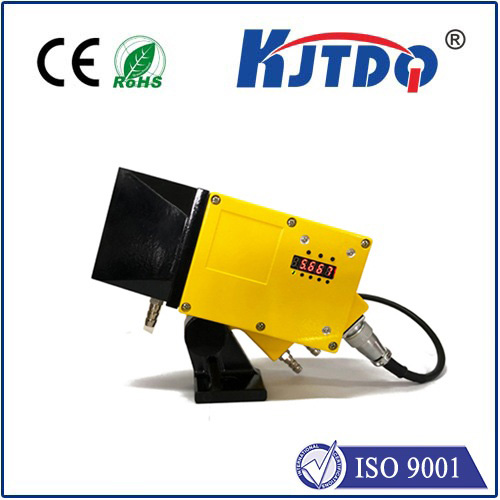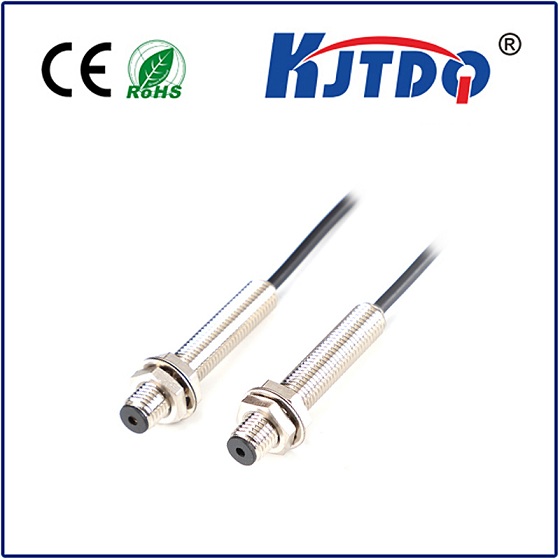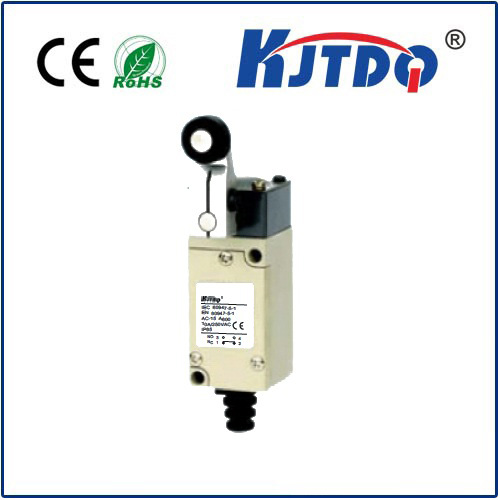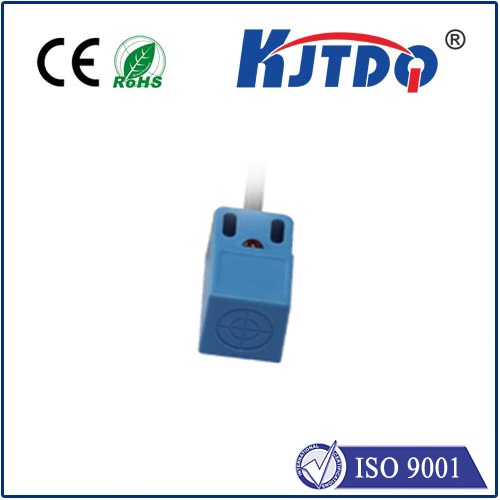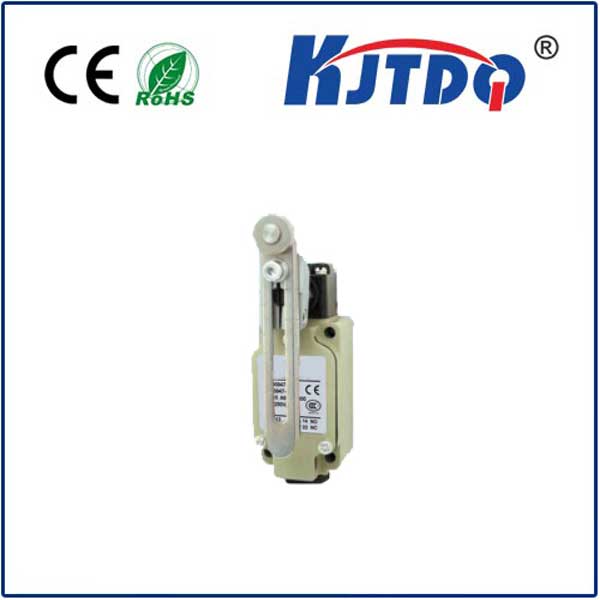

check

check

check

check
Have you ever experienced your Williams Wall Furnace abruptly shutting down on a freezing winter evening? That unexpected chill often traces back to an overlooked yet critical component: the limit switch. This small device serves as your furnace’s silent guardian, preventing potential hazards and ensuring smooth operation. In this guide, we’ll uncover why this switch is indispensable for your home’s comfort and safety, diving into its functions, common issues, and practical solutions. By the end, you’ll grasp how a tiny component can make or break your heating system, saving you from costly repairs or dangerous situations.
At its core, the Williams Wall Furnace is a popular, efficient heating solution for many households. Designed to mount directly on walls, it provides consistent warmth without occupying floor space. However, its reliability hinges on internal safety mechanisms like the limit switch. This component acts as a sentinel, monitoring temperatures within the furnace. When heat levels rise beyond safe limits—say, due to airflow blockages or faulty thermostats—the limit switch automatically interrupts the heating cycle. This shutdown prevents overheating, which could damage components or even pose fire risks. Essentially, it’s a fail-safe that prioritizes your safety over continuous operation. Without it, your furnace might run unchecked, leading to catastrophic failures.

Understanding the key functions of the Williams Wall Furnace limit switch clarifies its importance. Primarily, it regulates temperature by halting the burner if the heat exchanger exceeds a set threshold, often around 200°F. This protective action is essential for avoiding insulation meltdowns or unit malfunctions. Additionally, the switch ensures that the blower fan operates only when needed, conserving energy and prolonging the system’s lifespan. For instance, many modern Williams models incorporate dual-purpose limit switches that also detect fan speeds or air circulation issues. This multifunctionality underscores why regular attention to this component can prevent up to 40% of common furnace problems reported in HVAC surveys. Neglecting it, however, might trigger a cascade of issues.
Common problems with the Williams Wall Furnace limit switch often manifest in frustrating symptoms. One recurring issue is unexpected furnace cycling, where the unit turns on and off rapidly without warming the room. This could signal a dirty or stuck switch, as dust accumulation interferes with its temperature sensing. Similarly, complete shutdowns—where the furnace refuses to start or immediately stops—might indicate a faulty switch that fails to reset after overheating. If you notice warning signs like unusual clicking noises, inconsistent heat output, or error codes flashing on the control panel, it’s time to investigate. Often, these problems stem from external factors like clogged air filters or blocked vents, which cause the switch to trip unnecessarily. Ignoring such signs risks more severe damages, requiring expensive repairs.
Diagnosing and fixing issues with the Williams Wall Furnace limit switch doesn’t always demand a professional. Start with a simple visual inspection: ensure the furnace is off and cool before gently accessing the switch near the heat exchanger. Look for obvious damage signs, such as warping, corrosion, or loose wires. Next, test the switch using a multimeter. If it doesn’t show continuity in a cool state, it needs immediate replacement. Cleaning is also crucial—gently wipe away dust with a soft brush to restore functionality. For persistent faults, replacing the component is straightforward: purchase an identical switch (match model numbers like those found on Williams’ manuals), disconnect old wires, and secure the new one in place. Always consult the manufacturer’s guide to avoid safety risks. Remember, regular HVAC maintenance tips recommend checking this switch every season to catch problems early.
Proactive maintenance of your Williams Wall Furnace limit switch can extend its life and enhance efficiency. Begin by scheduling seasonal tune-ups, where a technician inspects the switch for wear and tests its response. Key steps include replacing air filters monthly to maintain airflow, cleaning vents annually to prevent blockages, and ensuring proper ventilation around the unit. These practices not only keep the switch in top shape but also optimize energy use, potentially reducing your bills by up to 15%. As a safety note, never bypass a faulty switch. Doing so might seem like a quick fix, but it eliminates a vital safeguard, heightening risks of fires or carbon monoxide leaks. Instead, invest in quality replacements and seek professional help for complex repairs. By prioritizing this small but mighty component, you safeguard your home’s comfort through every season.

